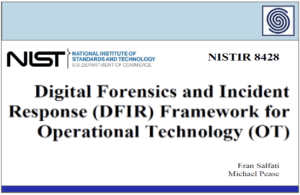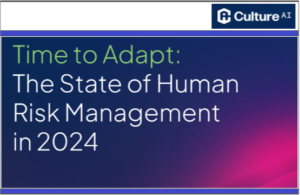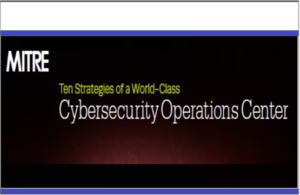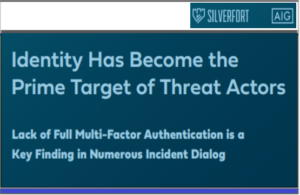Source: www.schneier.com – Author: Bruce Schneier
This is a truly fascinating paper: “Trusted Machine Learning Models Unlock Private Inference for Problems Currently Infeasible with Cryptography.” The basic idea is that AIs can act as trusted third parties:
Abstract: We often interact with untrusted parties. Prioritization of privacy can limit the effectiveness of these interactions, as achieving certain goals necessitates sharing private data. Traditionally, addressing this challenge has involved either seeking trusted intermediaries or constructing cryptographic protocols that restrict how much data is revealed, such as multi-party computations or zero-knowledge proofs. While significant advances have been made in scaling cryptographic approaches, they remain limited in terms of the size and complexity of applications they can be used for. In this paper, we argue that capable machine learning models can fulfill the role of a trusted third party, thus enabling secure computations for applications that were previously infeasible. In particular, we describe Trusted Capable Model Environments (TCMEs) as an alternative approach for scaling secure computation, where capable machine learning model(s) interact under input/output constraints, with explicit information flow control and explicit statelessness. This approach aims to achieve a balance between privacy and computational efficiency, enabling private inference where classical cryptographic solutions are currently infeasible. We describe a number of use cases that are enabled by TCME, and show that even some simple classic cryptographic problems can already be solved with TCME. Finally, we outline current limitations and discuss the path forward in implementing them.
When I was writing Applied Cryptography way back in 1993, I talked about human trusted third parties (TTPs). This research postulates that someday AIs could fulfill the role of a human TTP, with added benefits like (1) being able to audit their processing, and (2) being able to delete it and erase their knowledge when their work is done. And the possibilities are vast.
Here’s a TTP problem. Alice and Bob want to know whose income is greater, but don’t want to reveal their income to the other. (Assume that both Alice and Bob want the true answer, so neither has an incentive to lie.) A human TTP can solve that easily: Alice and Bob whisper their income to the TTP, who announces the answer. But now the human knows the data. There are cryptographic protocols that can solve this. But we can easily imagine more complicated questions that cryptography can’t solve. “Which of these two novel manuscripts has more sex scenes?” “Which of these two business plans is a riskier investment?” If Alice and Bob can agree on an AI model they both trust, they can feed the model the data, ask the question, get the answer, and then delete the model afterwards. And it’s reasonable for Alice and Bob to trust a model with questions like this. They can take the model into their own lab and test it a gazillion times until they are satisfied that it is fair, accurate, or whatever other properties they want.
The paper contains several examples where an AI TTP provides real value. This is still mostly science fiction today, but it’s a fascinating thought experiment.
Tags: academic papers, AI, cryptography, machine learning, trust
Sidebar photo of Bruce Schneier by Joe MacInnis.
Original Post URL: https://www.schneier.com/blog/archives/2025/03/ais-as-trusted-third-parties.html
Category & Tags: Uncategorized,academic papers,AI,cryptography,machine learning,trust – Uncategorized,academic papers,AI,cryptography,machine learning,trust
Views: 3




















































